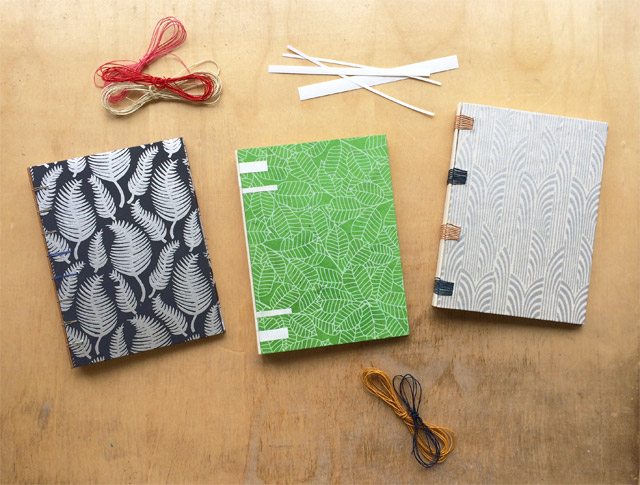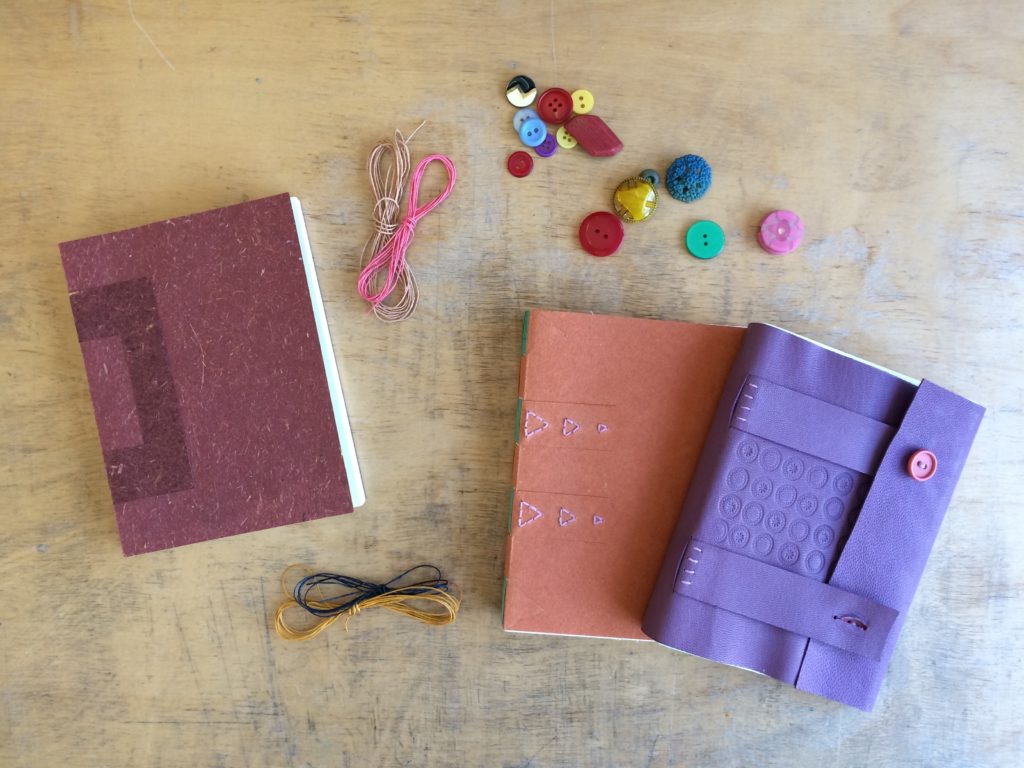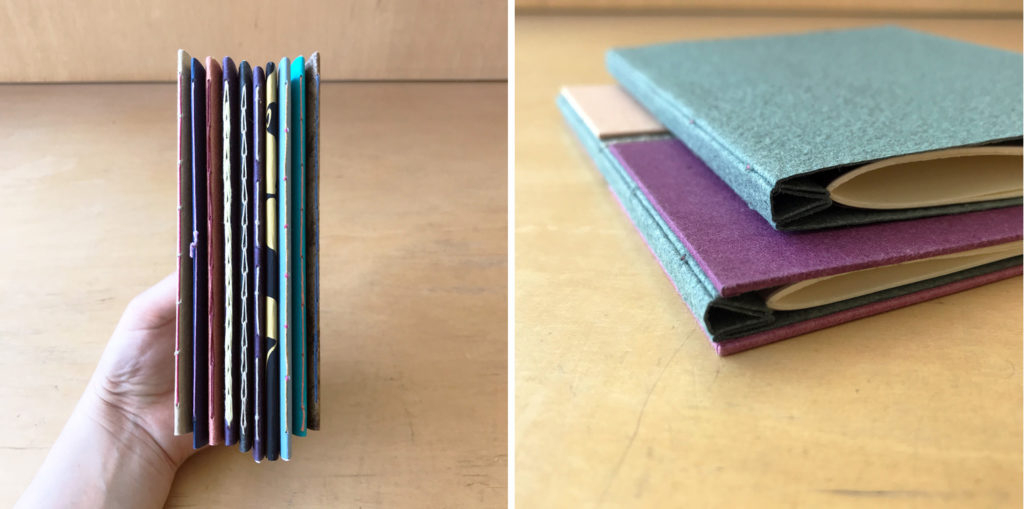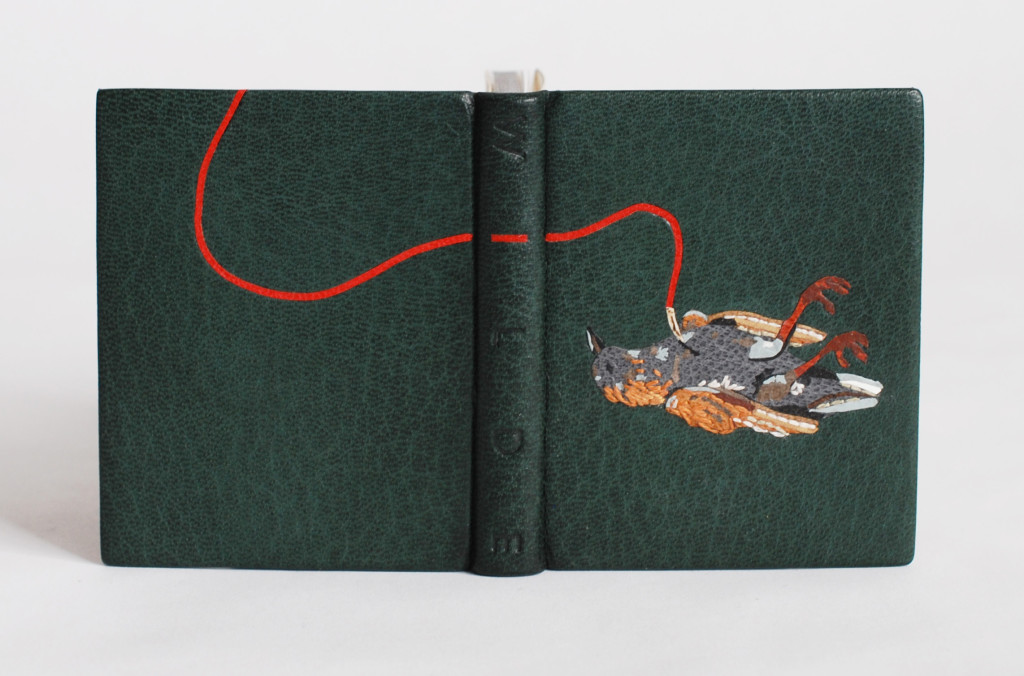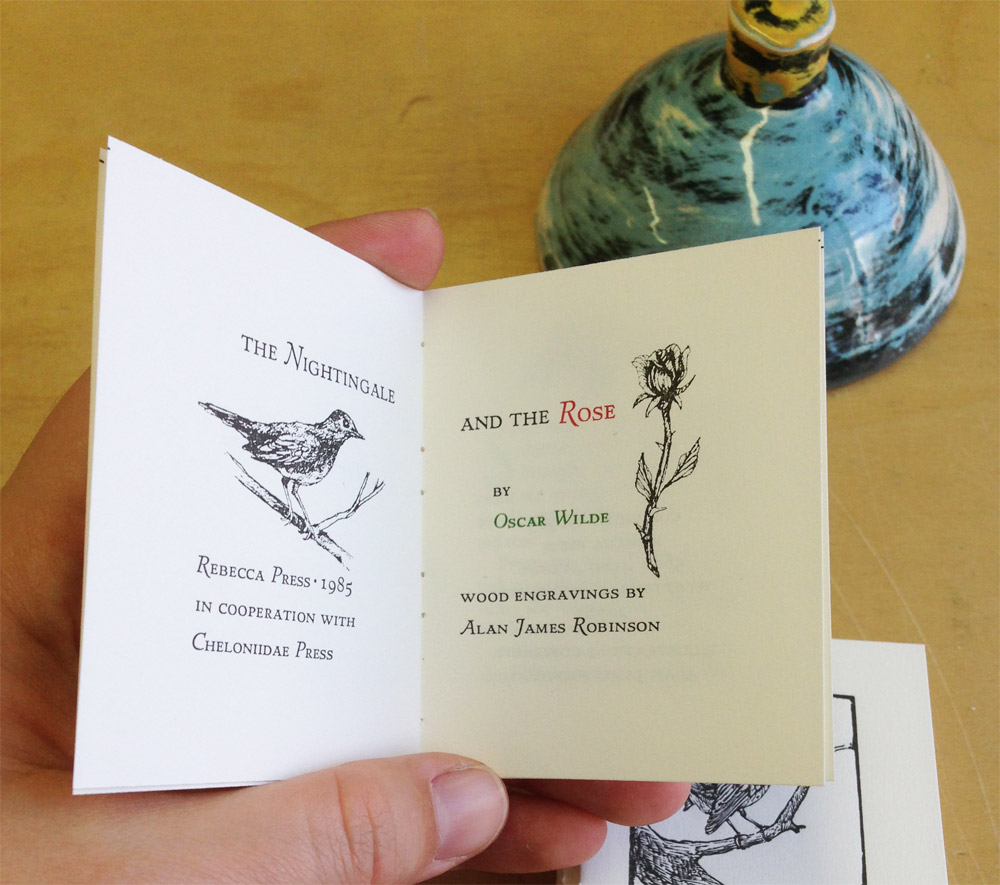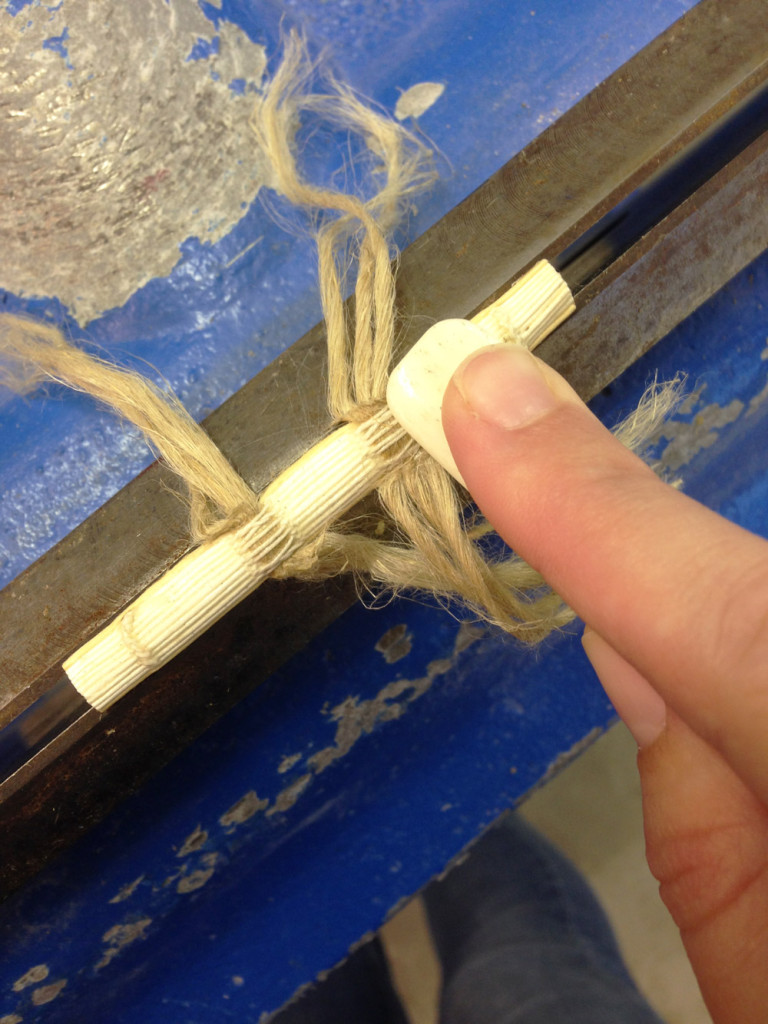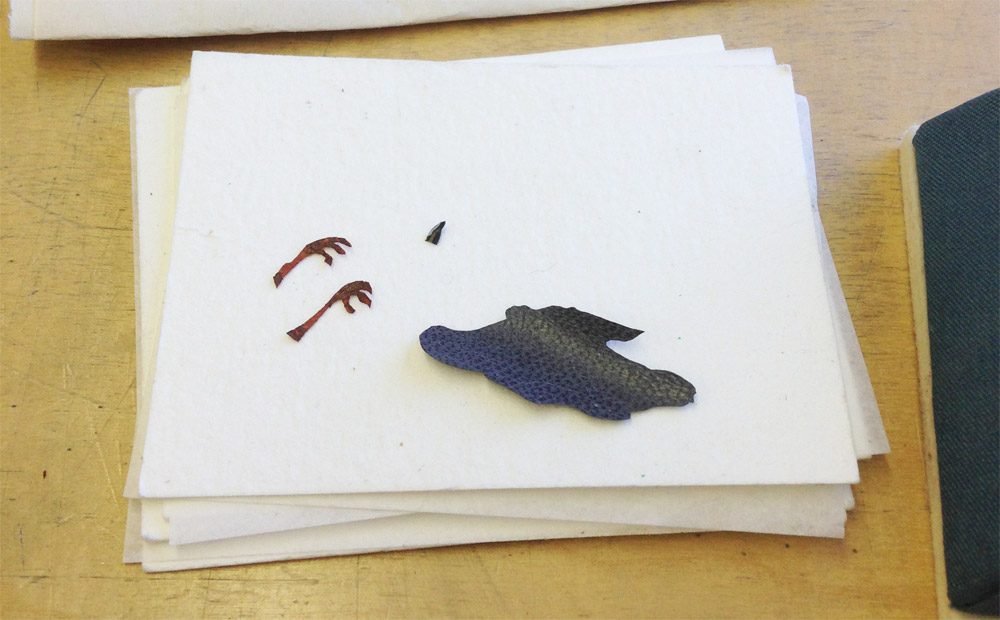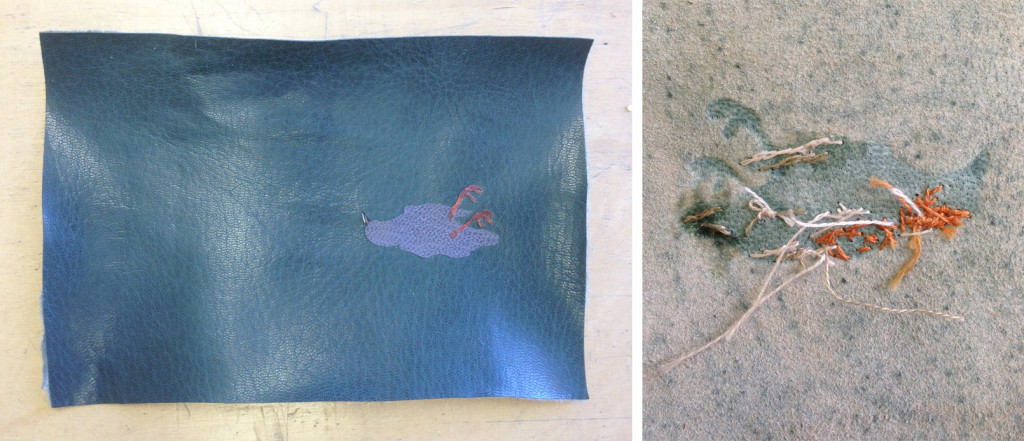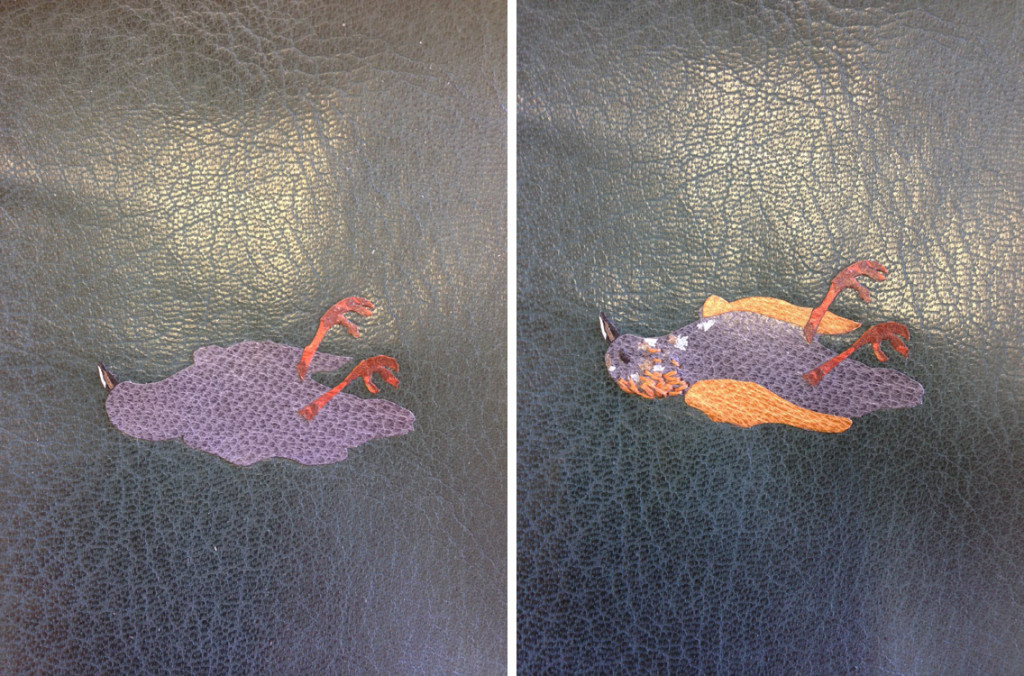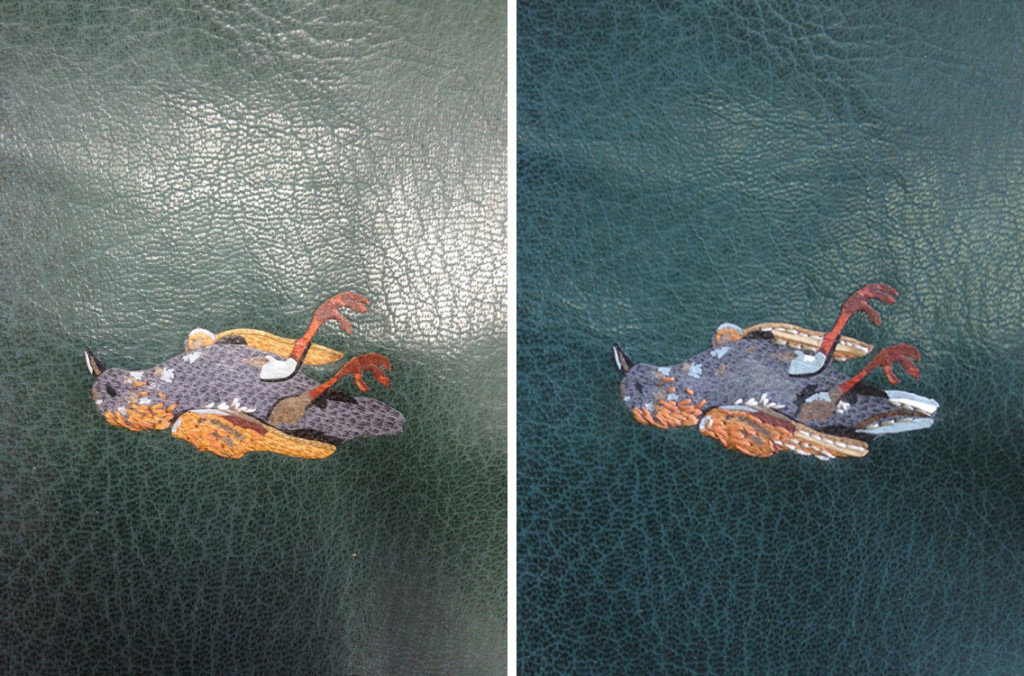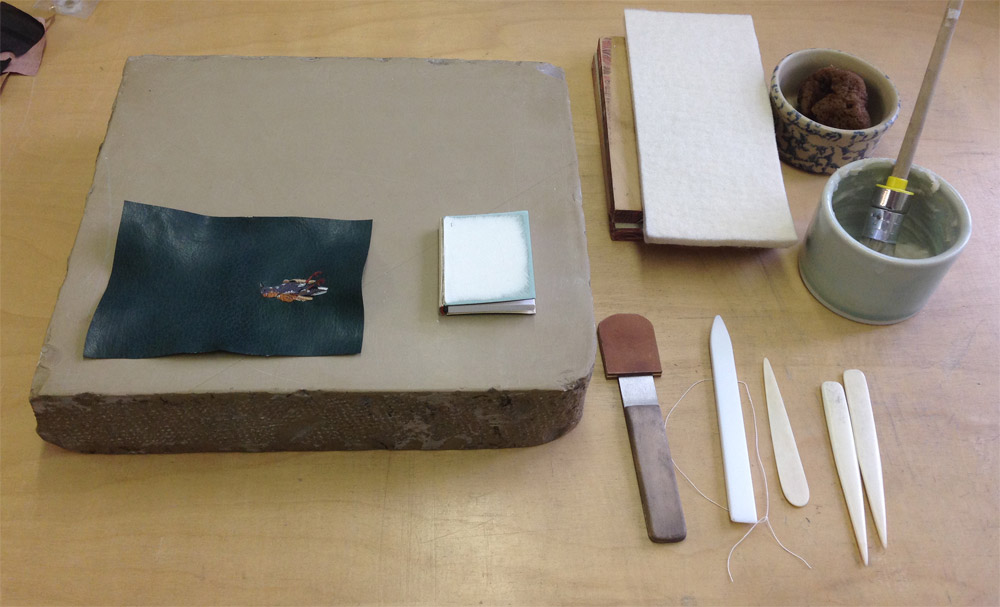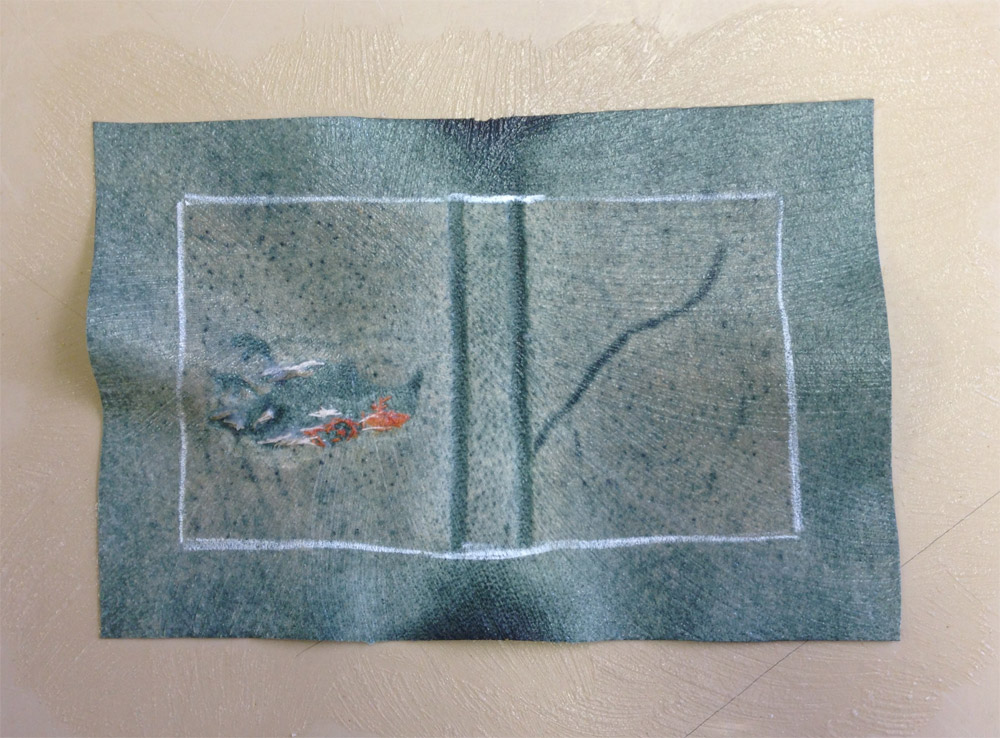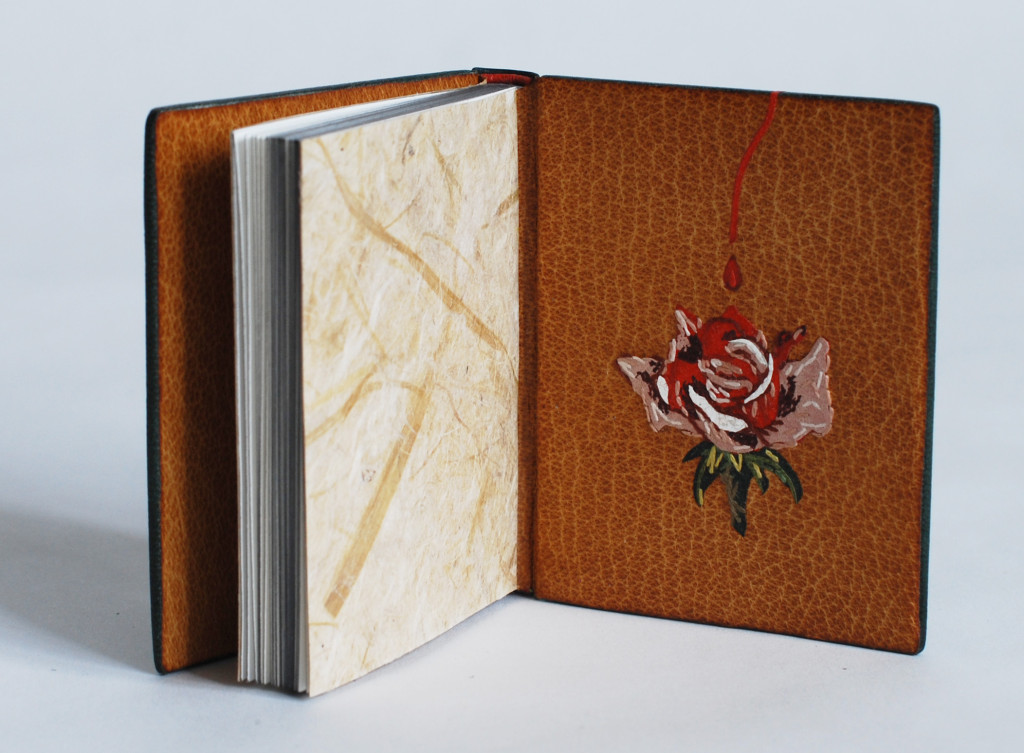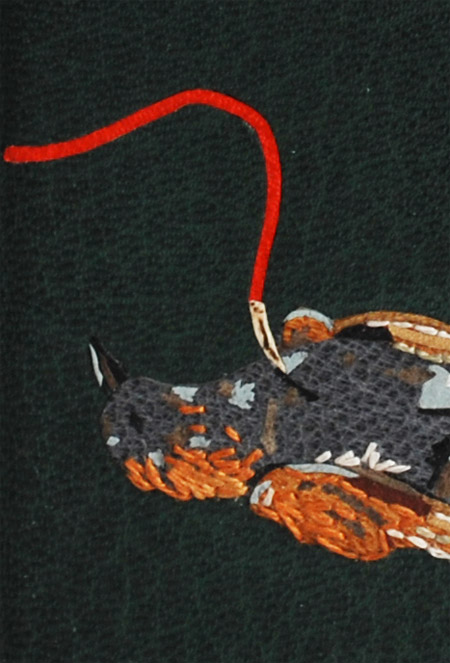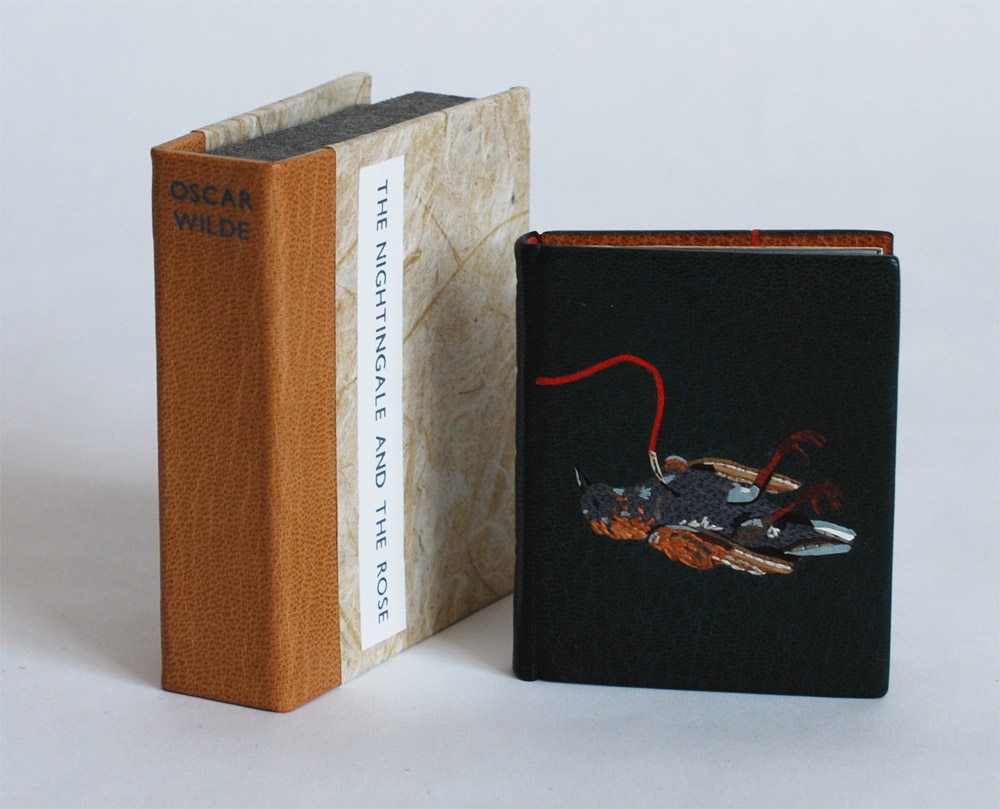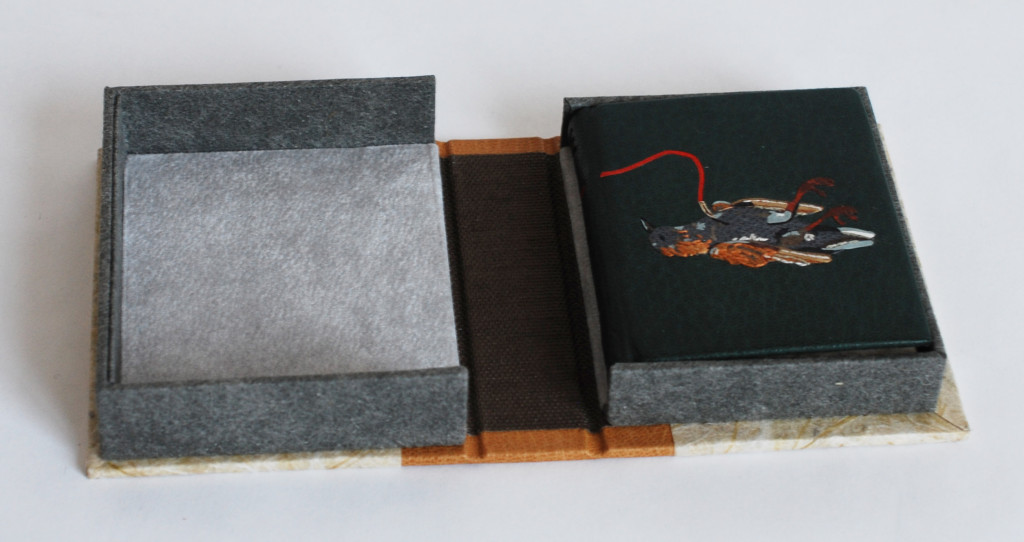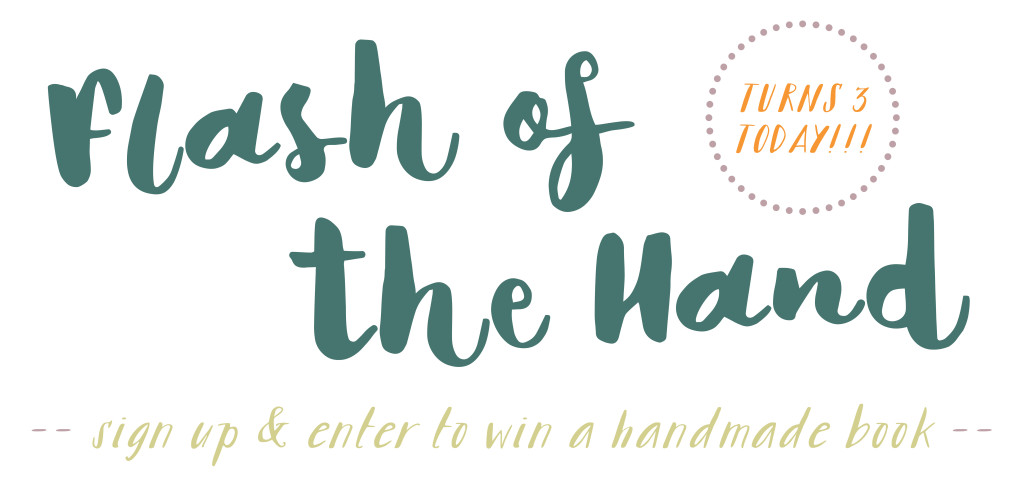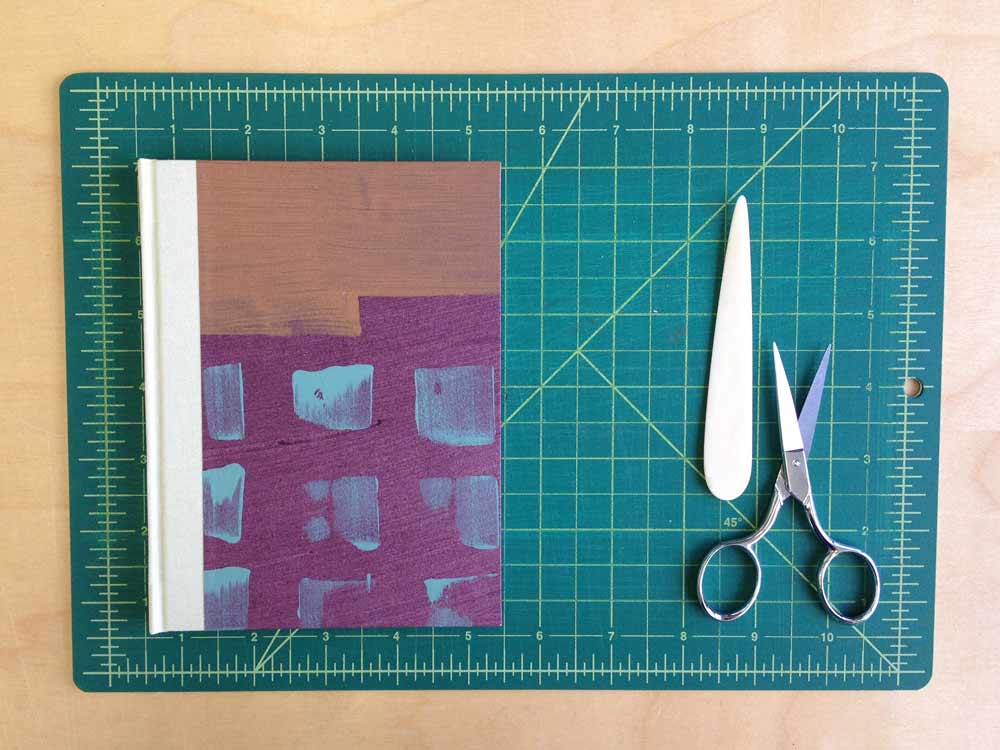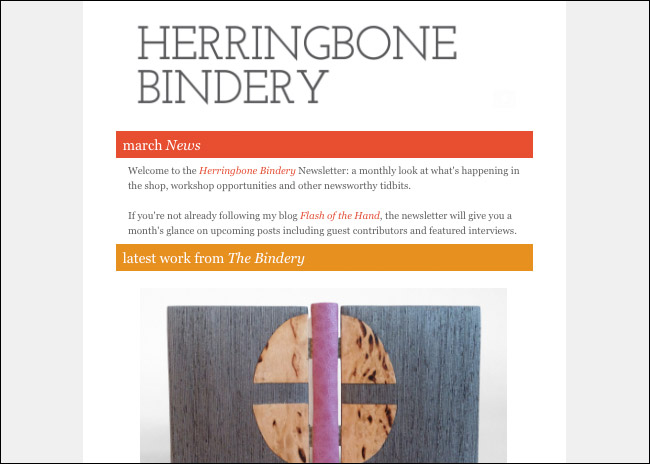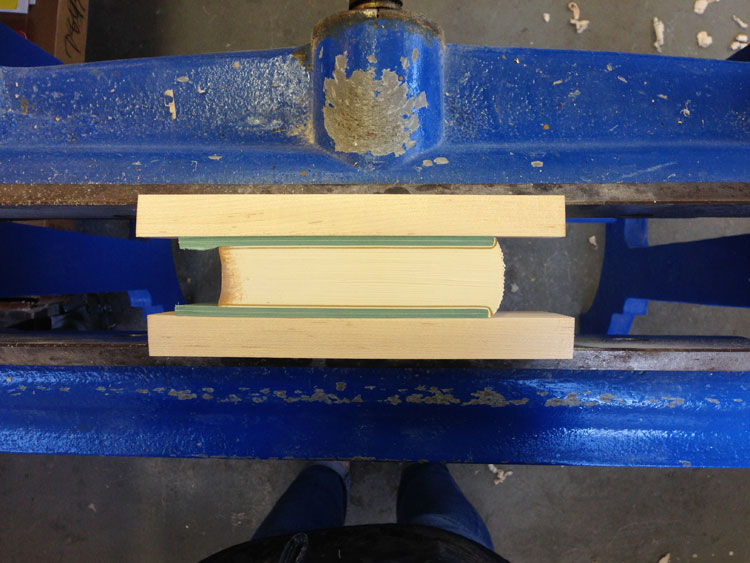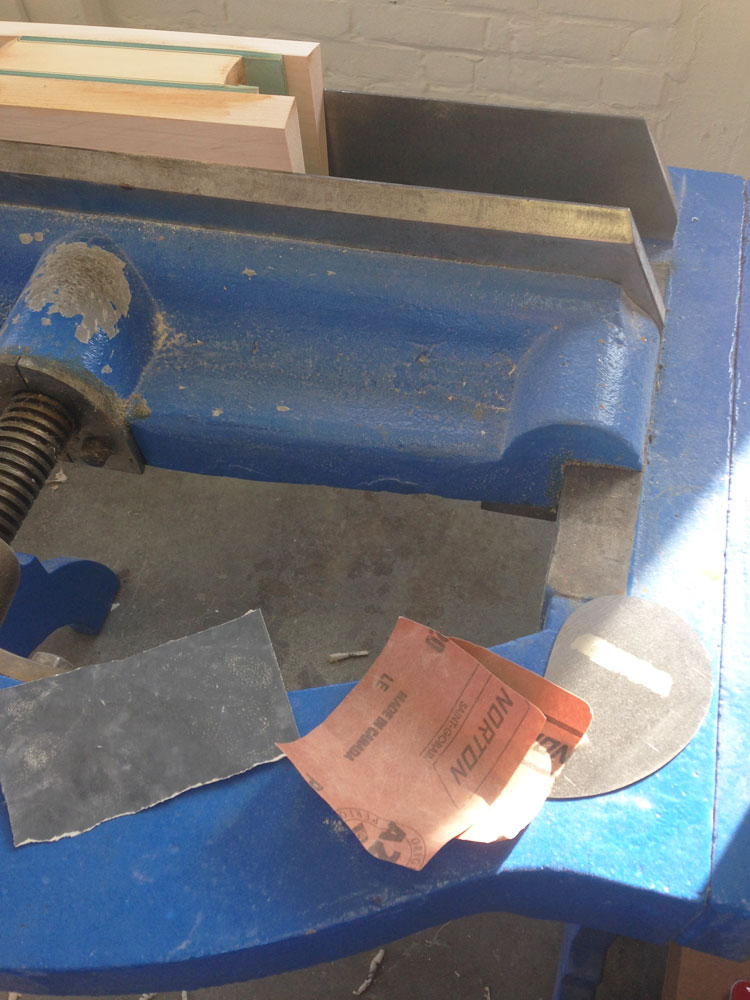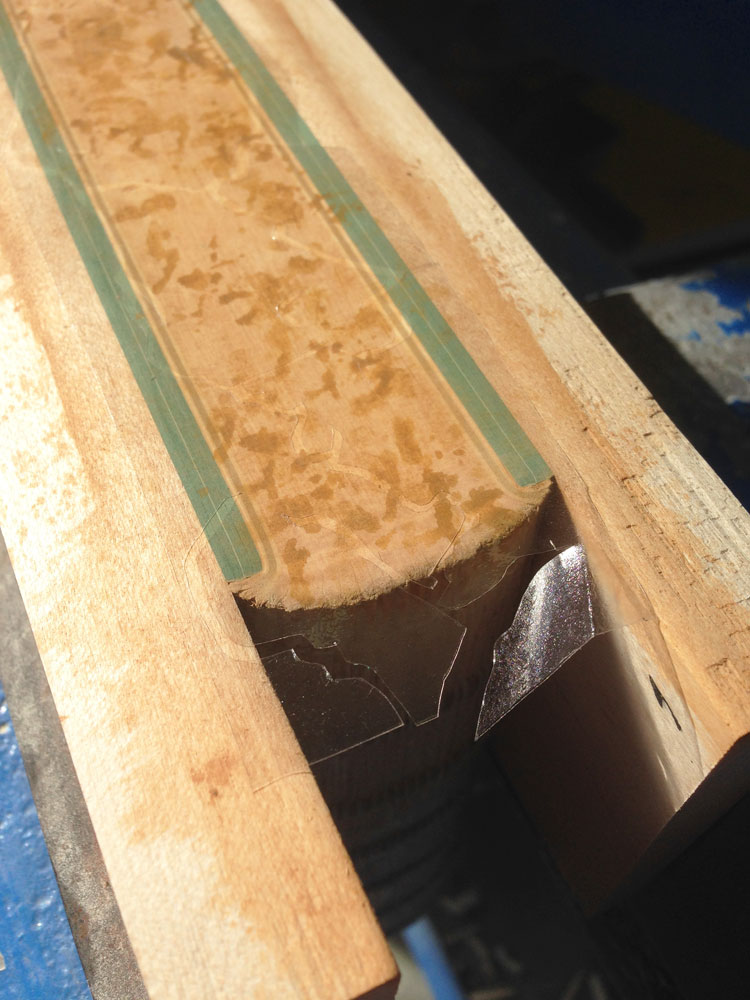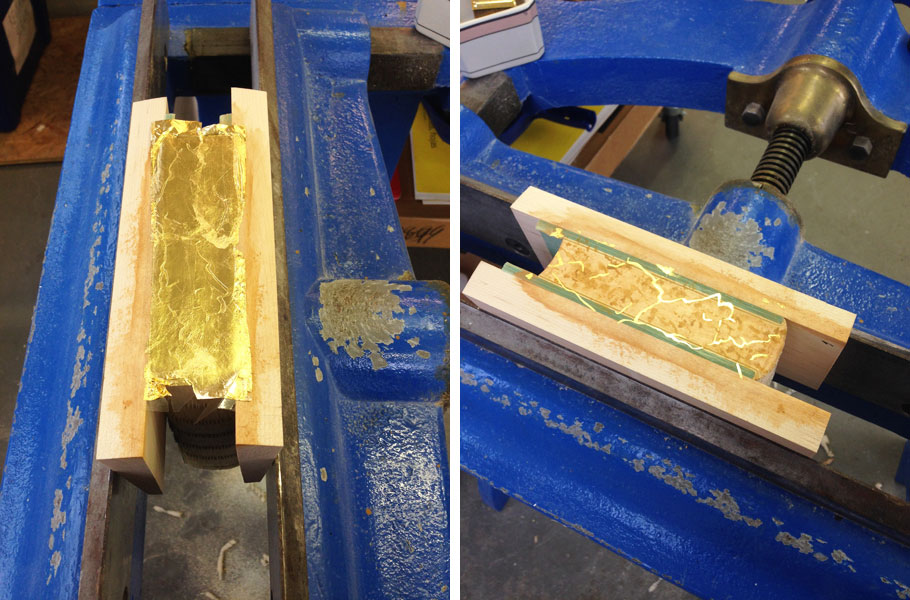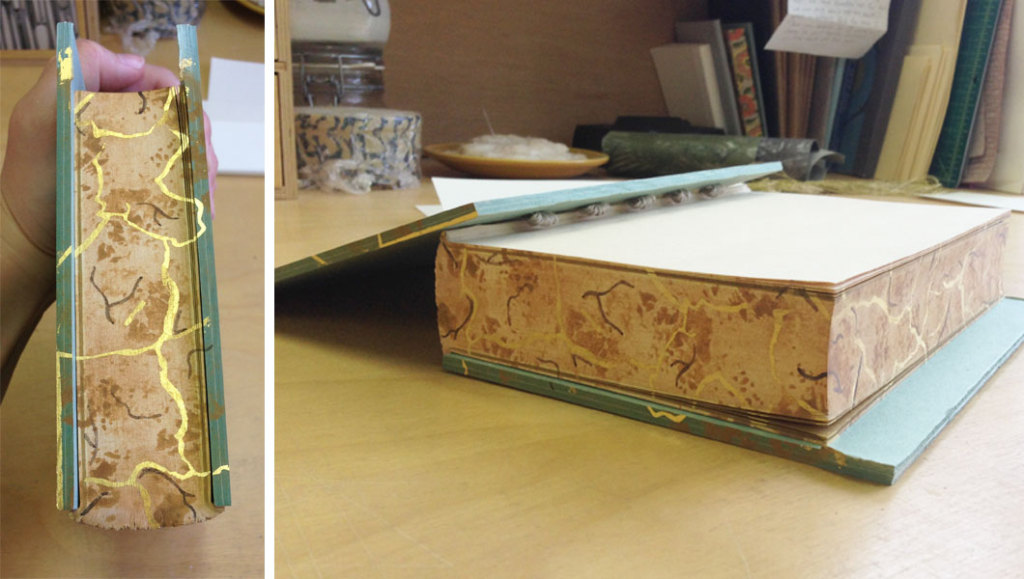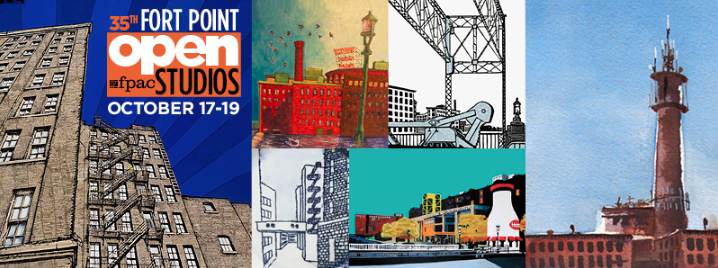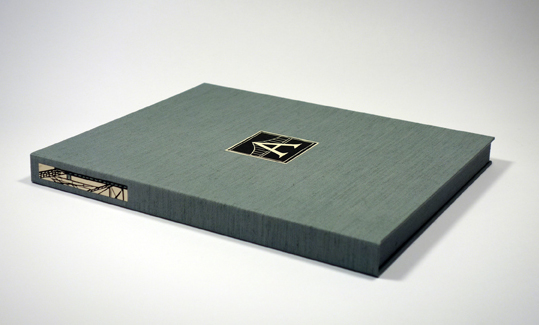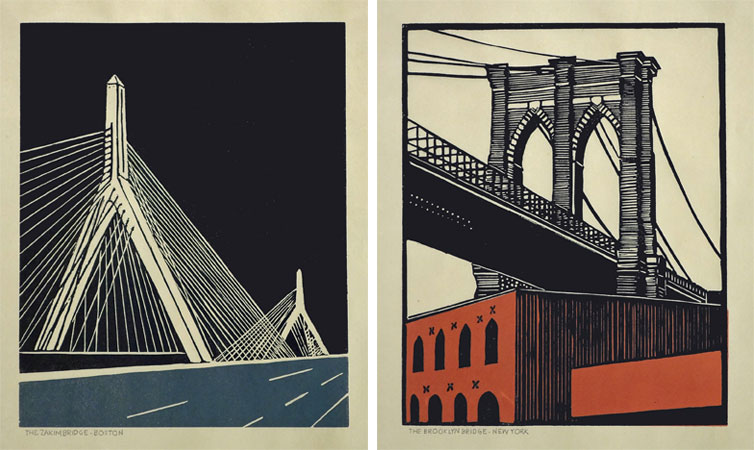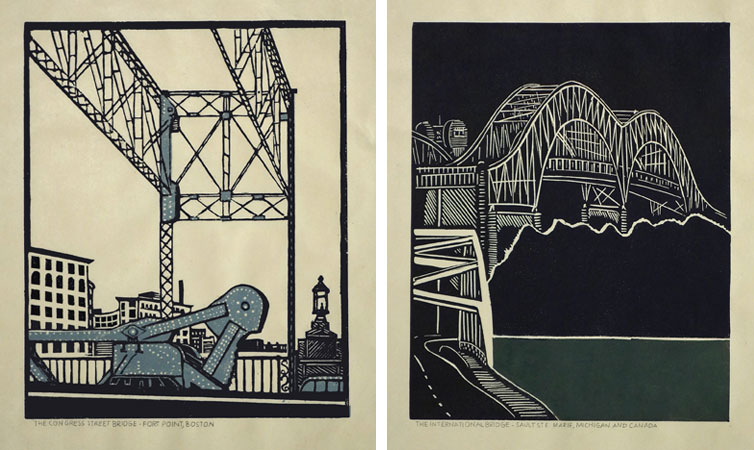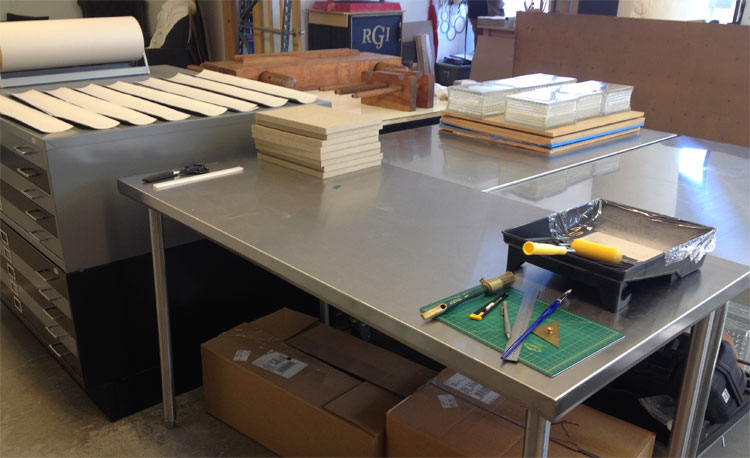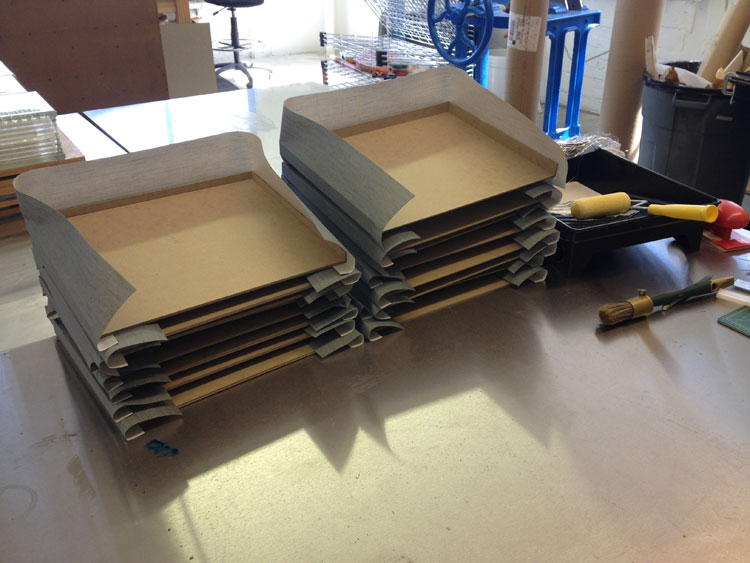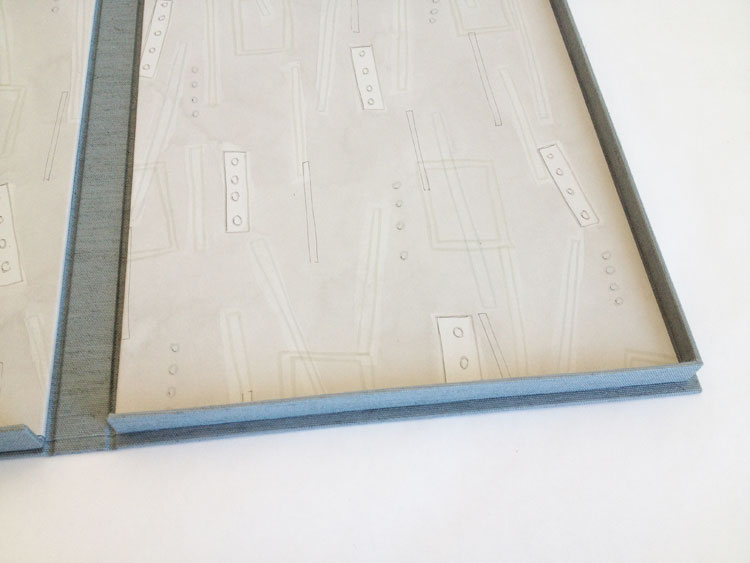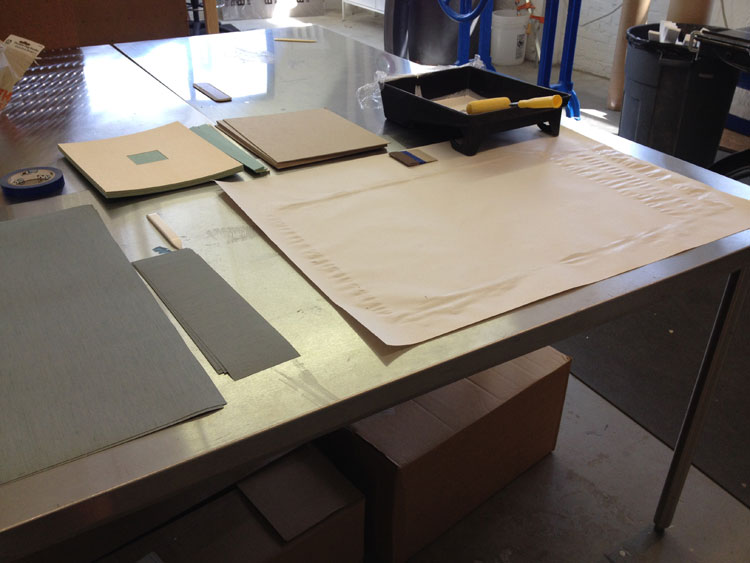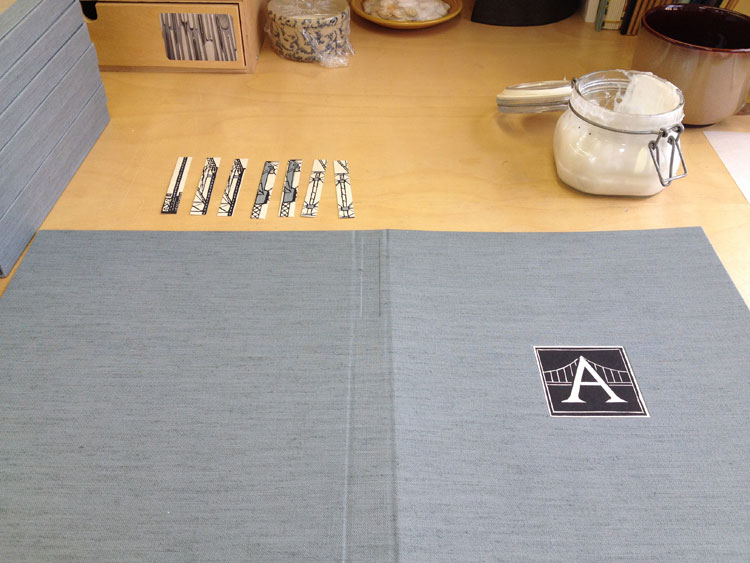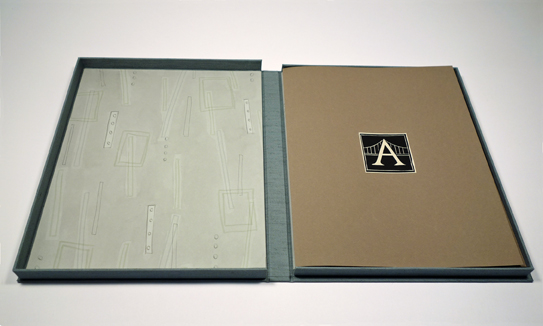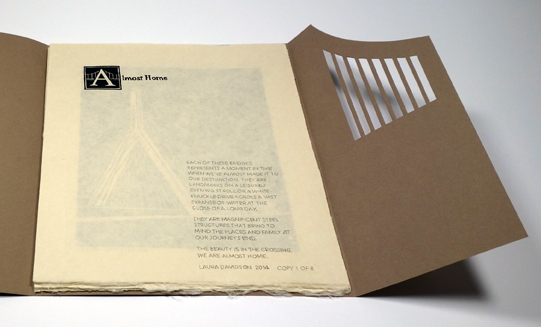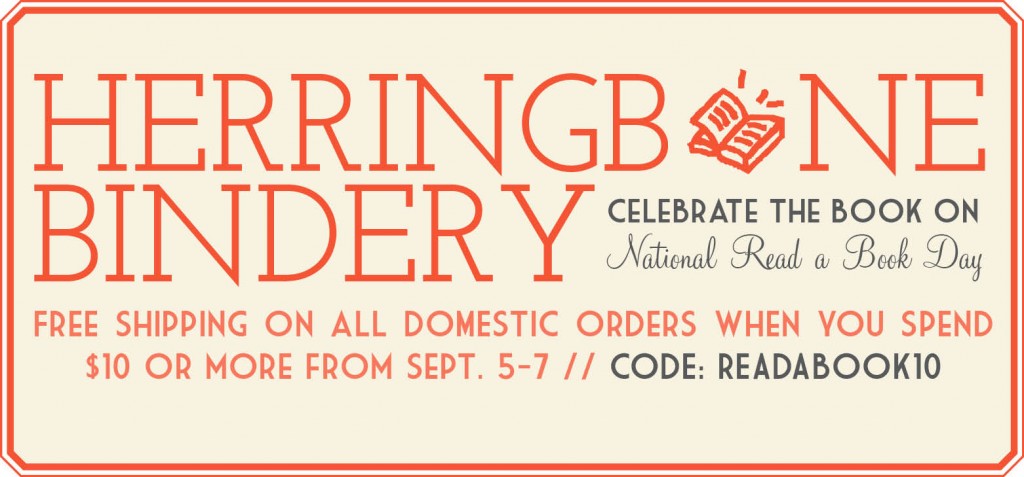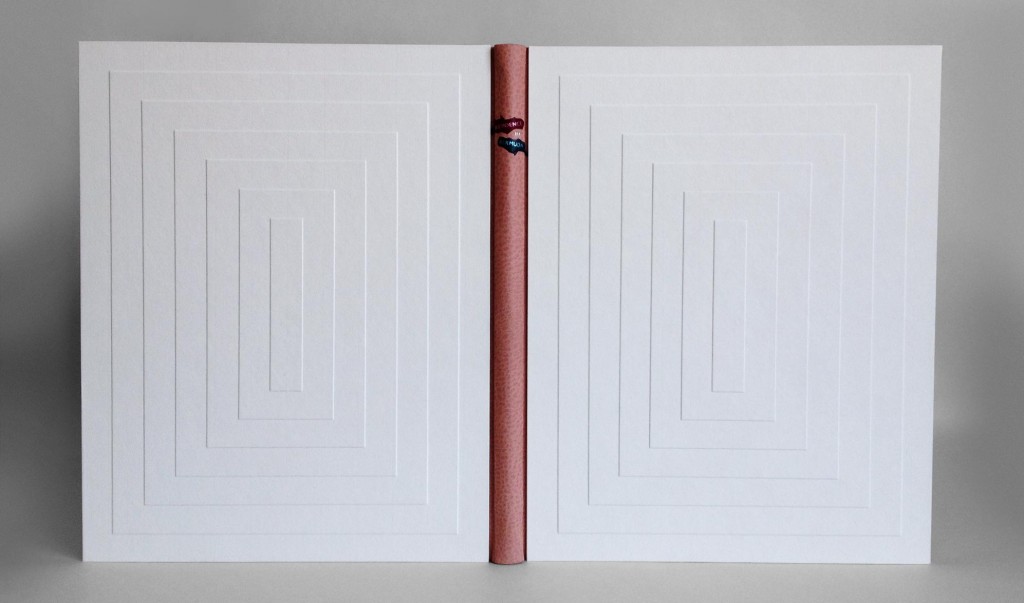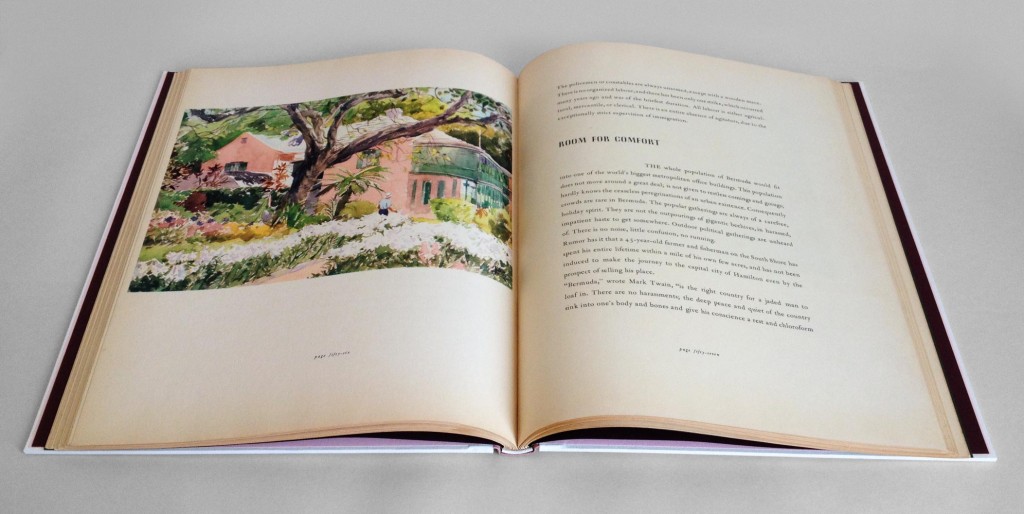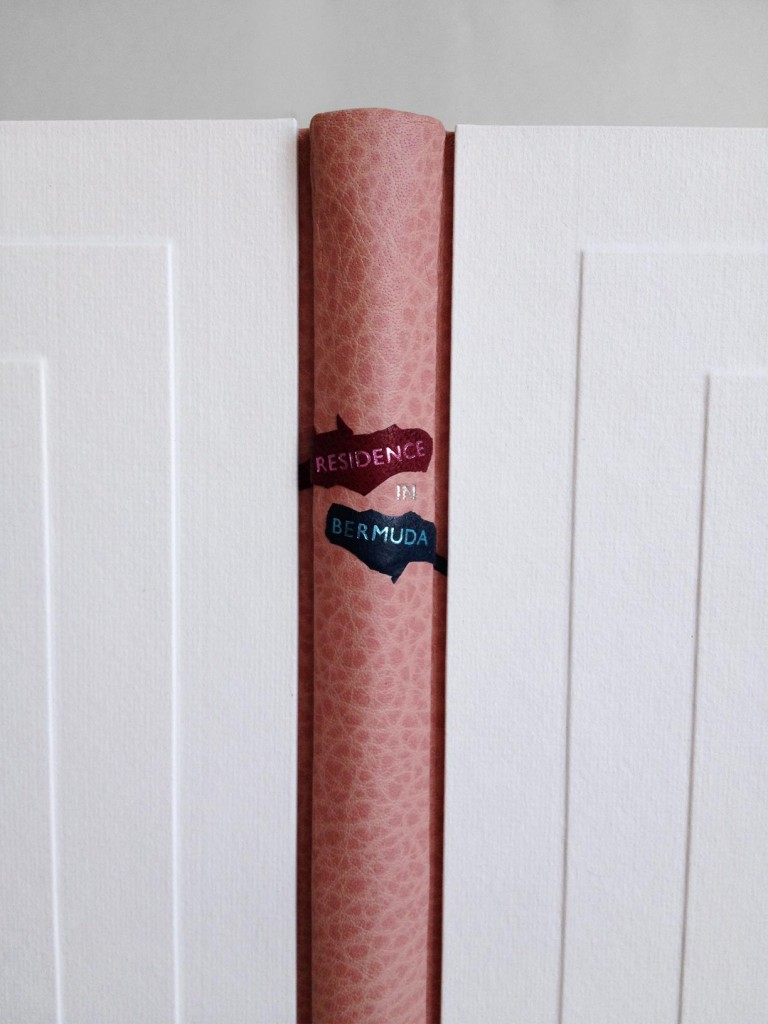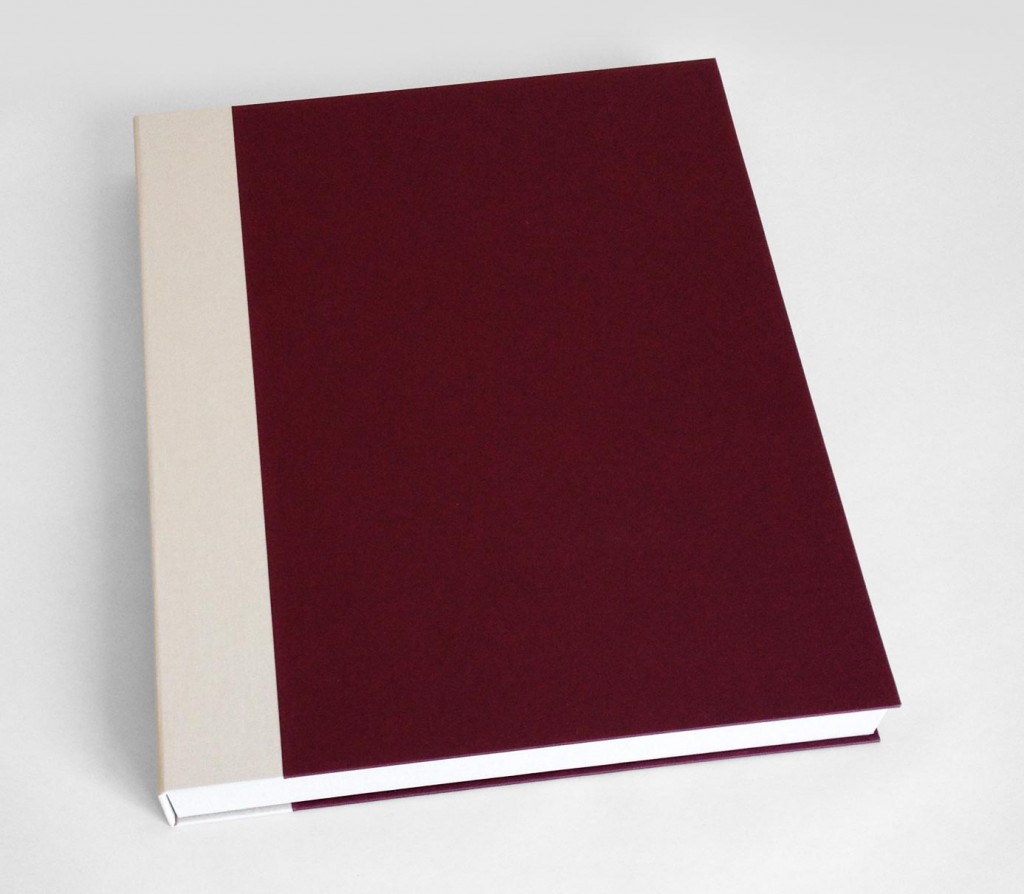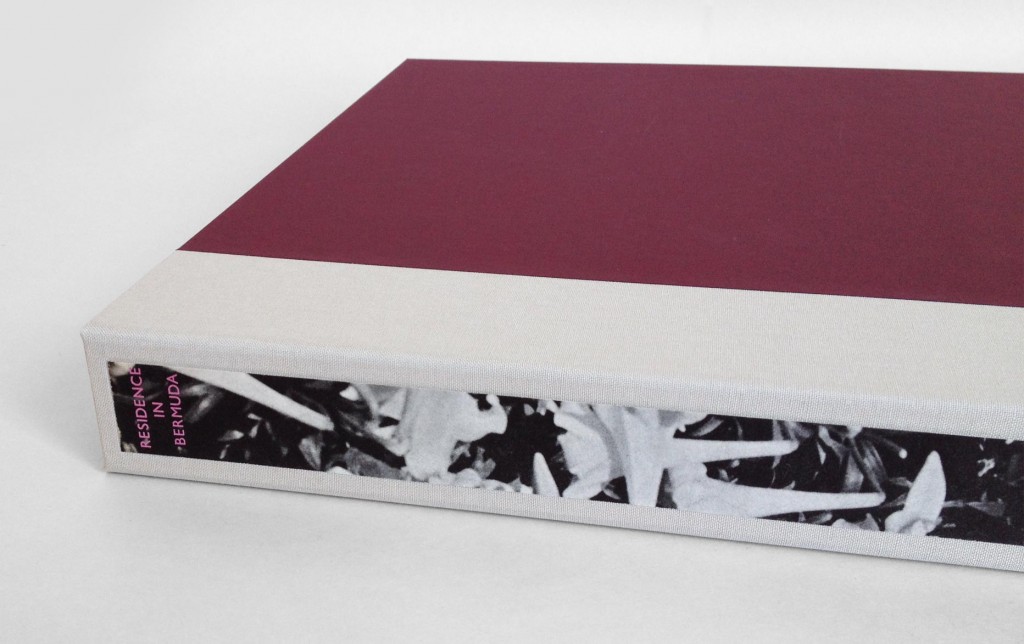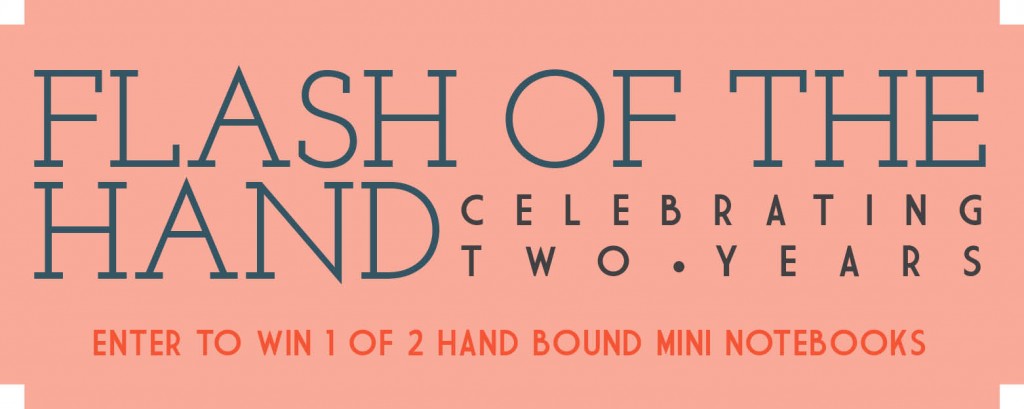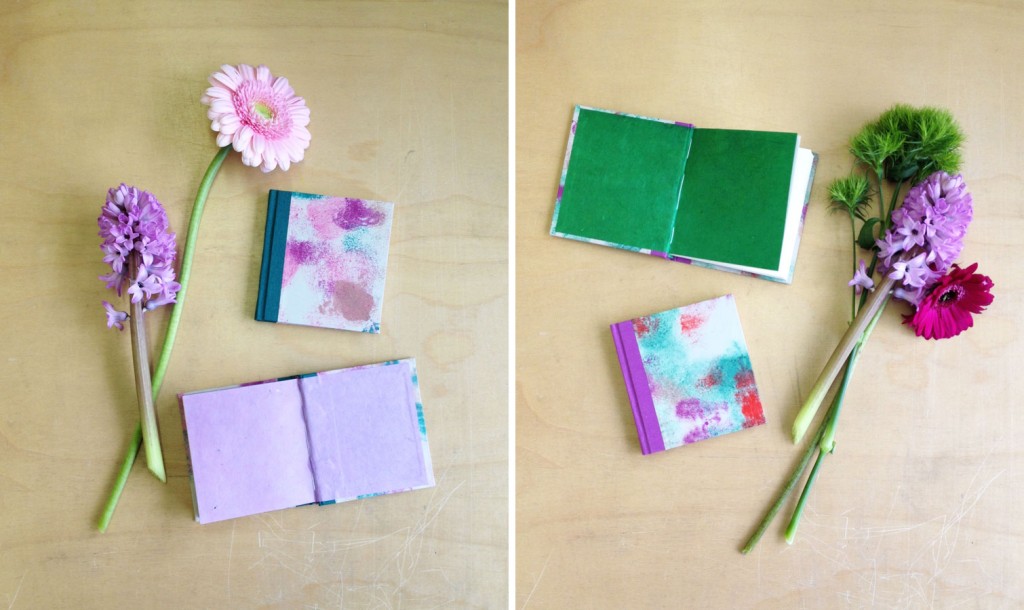I am very excited to announce that Herringbone Bindery will be offering Online Workshops beginning in August.
Teaching bookbinding is one of my favorite aspects of my job as a binder and I can’t wait to reconnect with students. Each of the following workshops are designed for students at all skill levels and require very few tools and virtually no equipment (minus a punching cradle). Each workshop includes a kit of quality materials that are prepped by me and will aid you in creating beautiful bindings.
Secret Belgian Binding – Three Ways
4 Sessions // August 4 – 13 (Tuesday and Thursday evenings)
6:00 – 8:30pm (EST)
This workshop will explore the Secret Belgian structure and ways to modify it. The binding is simple and easy to construct for any skill level. The binding opens flat and is perfect for thinner text blocks.
During this workshop students will use techniques developed by Anne Goy to alter the traditional appearance of the structure through additional weaving and Tyvek.
This workshop will be live instruction through Zoom. Open to students at any skill level, but please contact me if you have questions determining if this workshop is right for you.
In order to receive material kits on time, please sign-up by July 24th. Register here.
Cross Structure Binding
4 Sessions // August 18 – 27 (Tuesday and Thursday evenings)
6:00 – 8:30pm (EST)
The Cross Structure binding is a non-adhesive binding that offers much freedom to the text block. This 20th century design is greatly inspired by the Long Stitch bindings of the medieval era. It is suitable in conservation or new bindings, such as travel journals or decorative bindings. The structure is uniquely constructed by interlocking the front and back cover at the spine.
In this workshop, students will create 4 variations of the Cross Structure binding working with both handmade paper and leather to create their models.
This workshop will be live instruction through Zoom. Open to students at any skill level, but please contact me if you have questions determining if this workshop is right for you.
In order to receive material kits on time, please sign-up by August 7th. Register here.
Variations on Single Signature Bindings
4 Sessions // September 8 – 17 (Tuesday and Thursday evenings)
6:00 – 8:30pm (EST)
Books come in all shapes and sizes. Some may span only a few pages, while others become a thick tome. In this workshop, we’ll explore the former as we create a multitude of models with both soft and hardcovers.
Students will begin this workshop by making a series of simple softcover pamphlets using a variety of sewing patterns before moving on to hardcover structures. All of these structures allow the book to lay flat and are perfect for chapbooks, presentation pamphlets or short stories.
This workshop will be live instruction through Zoom. Open to students at any skill level, but please contact me if you have questions determining if this workshop is right for you.
In order to receive material kits on time, please sign-up by August 28th. Register here.
